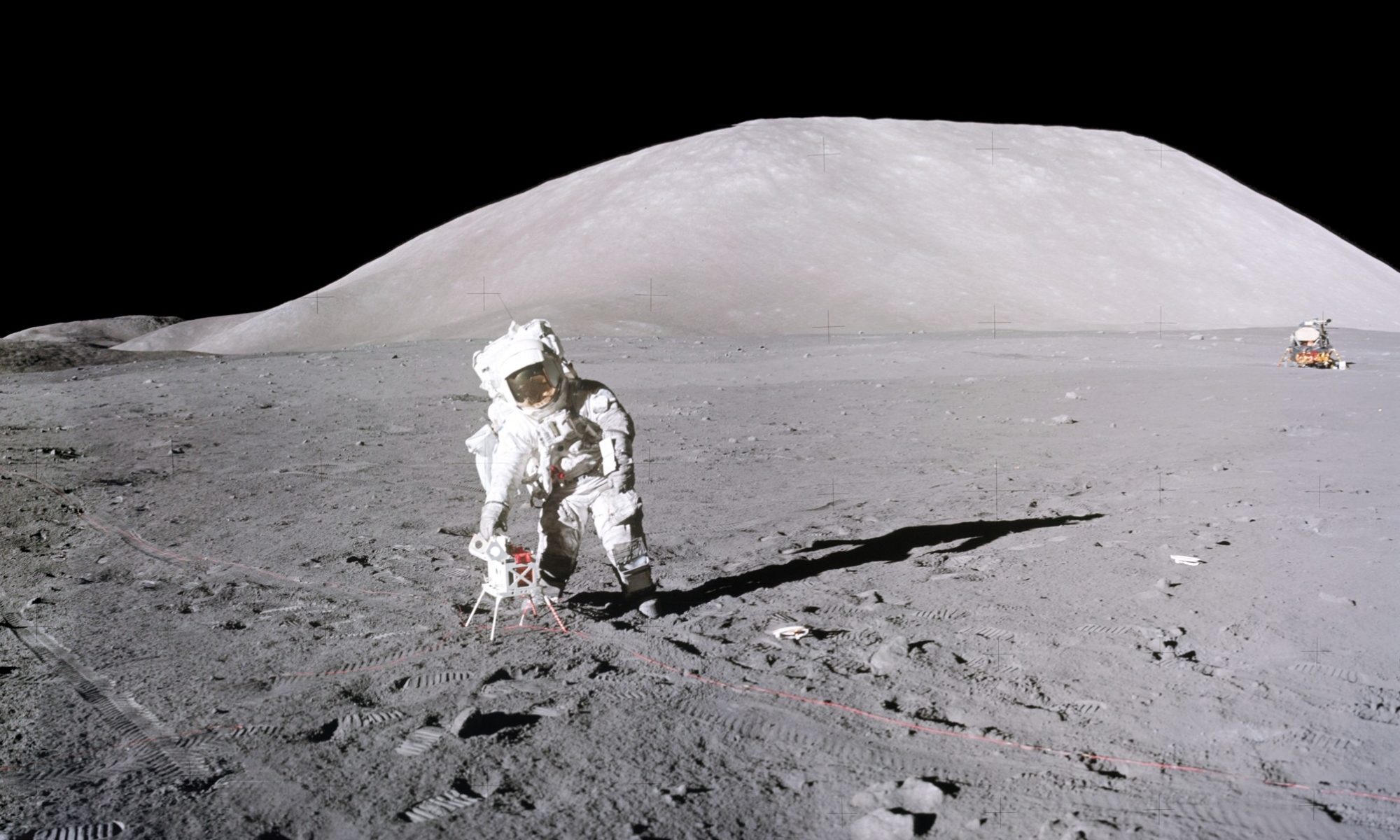
A moment of reflection during a photo shoot for a 1965 article in Life magazine (Time-Life photo).
Captain John Watts Young, Gemini, Apollo and Shuttle Astronaut of remarkable longevity, passed away on January 5, 2018. John’s storied career with the Navy and the National Aeronautics and Space Administration has been well documented in published and electronic records of aerospace achievements in the late 20th and early 21st Centuries. An accomplished test pilot for the United States Navy, he joined NASA with the second group of Astronauts selected in 1962.
After flying as Pilot on Gemini 3, Commanded by Gus Grissom, and then Commanding Gemini 10, John was selected to be Command Module Pilot on Apollo 10, the second manned mission to orbit the Moon. Later, as Commander of the Apollo 16 mission, he and Charlie Duke landed in and explored the Descartes area of the Moon. Rather than moving immediately on to new challenges, John volunteered to command the Backup Crew for Apollo 17, the last Apollo mission to the Moon, a decision I greatly appreciated. Subsequently, he would Command both the first flight of the Space Shuttle and STS-9, the first Spacelab mission. He became the first astronaut to participate in six missions into space.

John’s iconic leaping salute to the American flag captured by crewmate Charlie Duke during EVA 1 after the Apollo 16 Lunar Module Orion landed on the Moon on April 20, 1972 (NASA photo AS16-113-18339).
My personal work with John began when Commander of Apollo 10, General Tom Stafford, asked me to put together the lunar orbit portion of the Apollo 10 flight plan. Then, John, as Commander of the Backup Crew of Apollo 13, embraced my new geological training program that had been adopted by Prime Crew Commander Jim Lovell. Jim and John’s crews worked the bugs out of this simulation-based approach to learning geology in the field as well as that relevant to a planned landing site. John carried his enthusiasm for geology and this training program forward to his own lunar landing mission and then, as Backup Commander, to helping Apollo 17 prepare for further lunar exploration.

The last official NASA portrait of John taken on May 12, 2009 (NASA/JSC photo JSC2002e43166).
John Young’s unique sense of humor and disarming, Floridian approach to a discussion of complex engineering or operational issues disguised a remarkably insightful, imaginative and innovative mind. As an extraordinary pilot, dedicated engineer, and space explorer, he will be missed as Americans return to the Moon and beyond.
